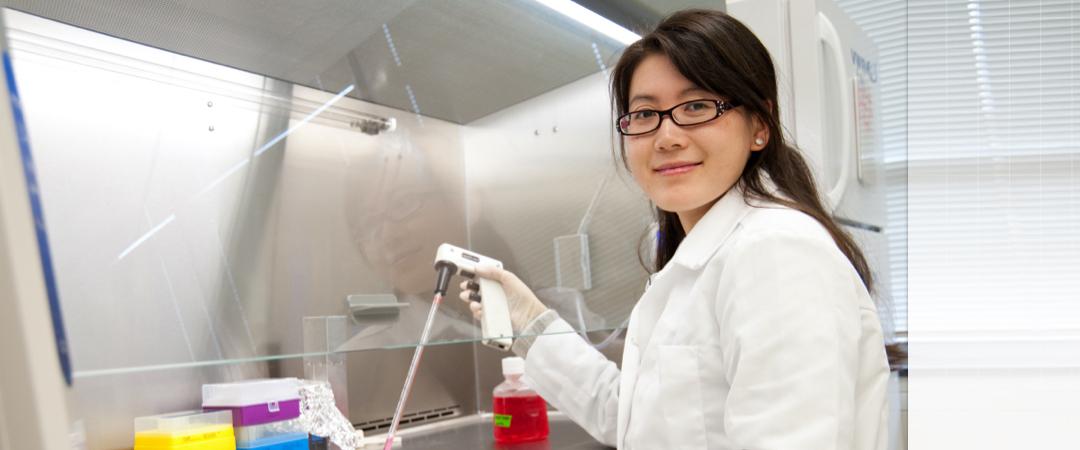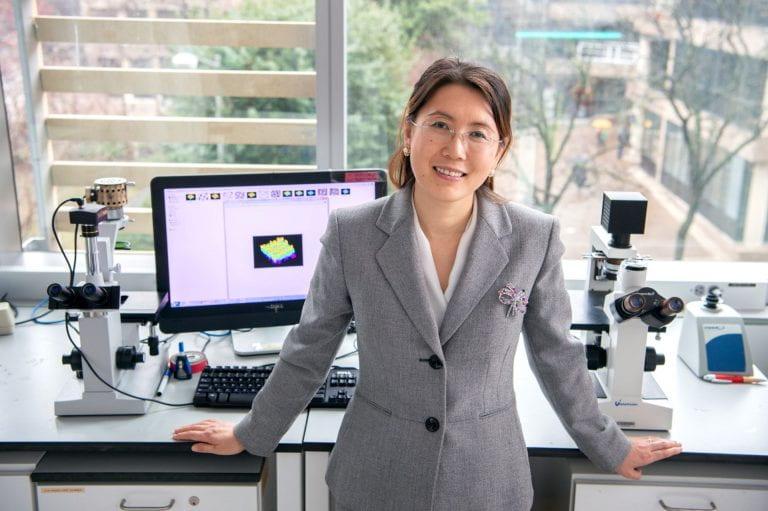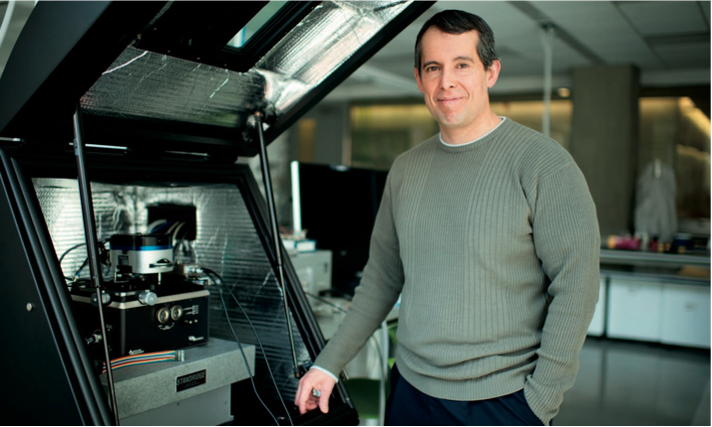Research Highlights
Research Highlights
Dr. Lijie Grace Zhang is used to being at the leading edge of research. She recalls, for example, presenting a paper on 3D printing of blood vessels to her peers at an academic conference in 2015. No one in the audience asked a question about her research, because they had never heard of it. Now, five years later, many researchers in the biomedical engineering field are working on this issue.
Dr. Michael Keidar studies plasma engineering. He’s already had a good deal of success developing plasma propulsion technologies, but when he saw opportunities a decade ago to use plasma in biomedical applications, he embarked on a new and very fruitful research direction.
As a doctoral student at Stanford University, Saniya LeBlanc was given a simulation exercise that tasked her with designing an energy portfolio to meet the human population’s demand for energy. With that exercise, Dr. LeBlanc found her field of study. “Seeing the link between this global need and the technologies that we can work on to meet that need, I just never looked back after that,” she says.
We all need friends, and who among us wouldn’t appreciate a friend who does the hard, unglamorous, behind-the-scenes work that allows us to shine? Dr. Santiago Solares is that friend. He does the behind-the-scenes materials and measurement science research that other engineers can rely on to build the nano-scale devices that amaze the rest of the world.
Dr. Taeyoung Lee takes a unique approach to his research in dynamics and controls. “Engineers are used to thinking of systems in Cartesian coordinates, but many interesting mechanical or aerospace systems evolved on a curved space called a manifold,” he explains, noting that he opts to study dynamics and controls on a manifold.
Dr. Philippe Bardet is an experimentalist in the field of fluid dynamics, the study of how liquids and gases behave in motion under the action of internal and external forces. Bardet studies fluid behaviors to better predict them, so others can apply his insights to improve the design of a myriad of tools and structures on which we depend.










